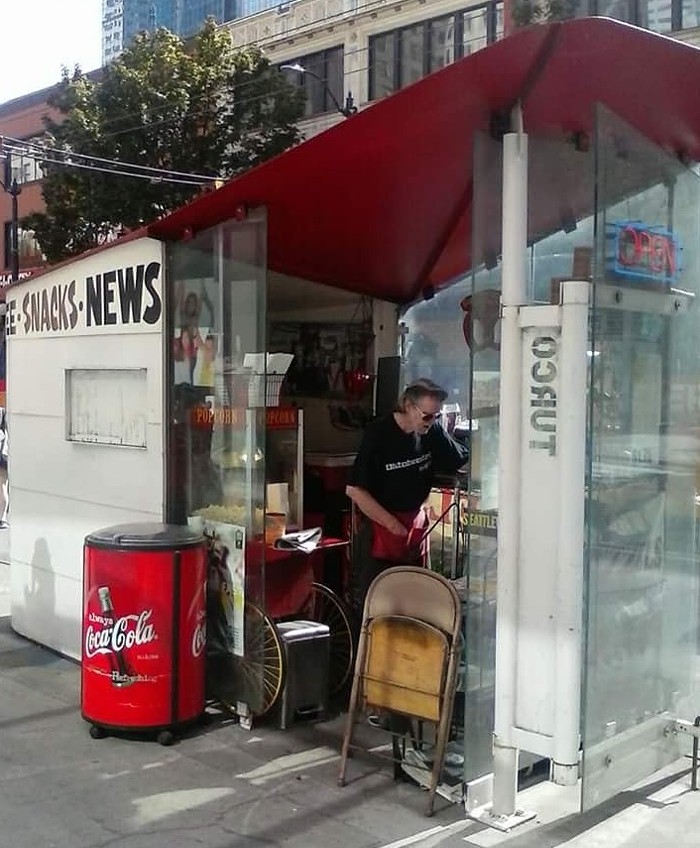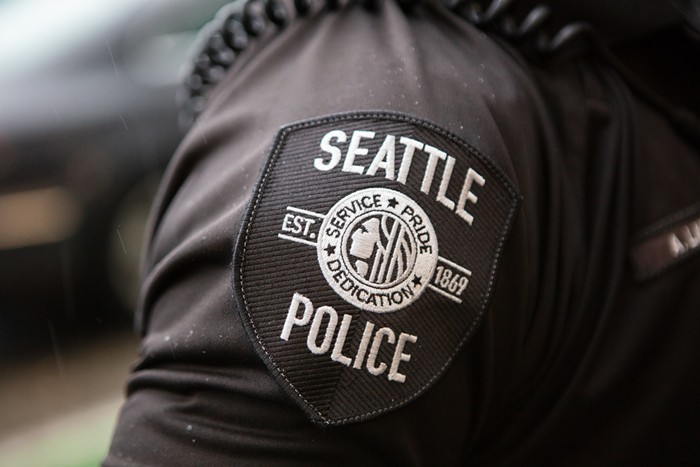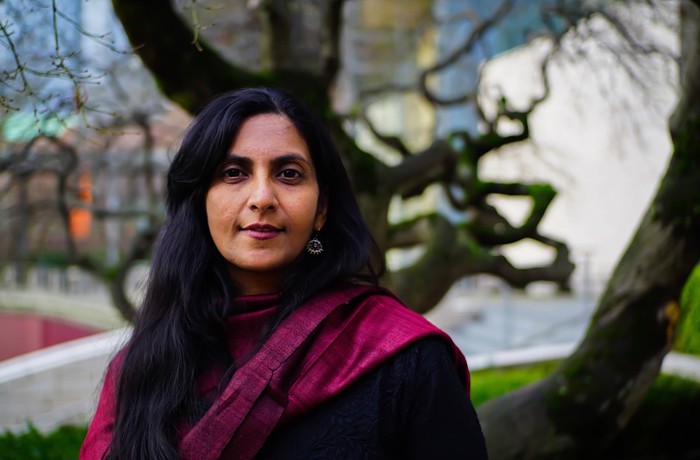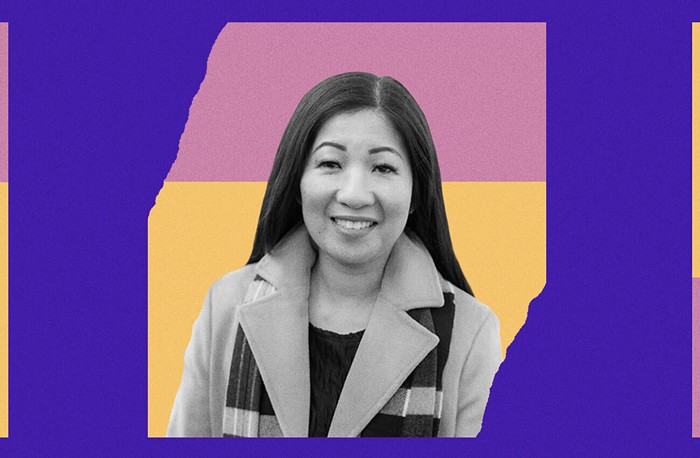
Unimpressed by our ability to rally the masses in years without a sexy national race to headline the ballot, Rep. Mia Gregerson (D-SeaTac) is trying to pass a bill to put local races on even-year ballots.
Last month, the House State Government & Tribal Relations Committee passed the bill over to the House Rules Committee, which had yet to caucus on it as of Feb 3.
Gregerson said that clearing one committee is the furthest her proposal has ever gone. She attempted to pass the reform in the 2019-2020 session, but the legislation and its Senate companion died in committee. This year, she’s hopeful it will gain enough support to land on the Governor’s desk.
Based on initial conversations, it appears the bill will earn praise from the Democratic majority and disapproval from the Republican minority, who seem to disagree about what sort of election cadence would create a more democratic system – or which would constitute a more winning election strategy for their respective parties.
“The Republicans think that they're going to do better if elections are sort of spread across the calendar. The Democrats think that they're always going to do better if more people vote,” said Sen. Jamie Pedersen, who co-sponsored the bill’s companion last session.
The dispute boils down to quantity vs. quality. It is absolutely true that odd-year elections attract fewer voters. In the last four odd-year elections in King County, turnout never reached even half of the registered voters in the General Election. The numbers are even more pathetic for the primaries, which have hovered around 25% to 35% turnout for odd-year elections in King County since 2015. In some cases, an odd-year election will get input from half the voters of an even-year election.
Since more people vote on even-year ballots, some Democrats think we should put all the races on those ballots. “When more people vote, we have a better democracy,” Gregerson said.
But the three Republicans on the committee took issue with that logic.
“I don't see how offering fewer opportunities to participate in democracy somehow increases access to democracy,” said Sen. Jim Walsh (R-Aberdeen). “If we are going to have access to democracy, something we all want, logic says there should be as many opportunities to access democracy as possible.”
Again, odd-year elections do not yield massive turnout, and so those races are decided by a smaller electorate. High-propensity voters – the ones who vote every election – tend to be whiter, wealthier, and more conservative.
Walsh also expressed concern that the bill would delay what he called “the people’s veto,” or the right to run a referendum. He’s a big fan of direct democracy on individual policies. Last year he collaborated with initiative king/crook Tim Eyman to collect signatures for a now failed initiative to kill the capital gains tax and thus gut hundreds of millions in funding from child care. In a phone call with The Stranger, Gregerson said part of the goal of her bill is to keep bad initiatives from getting approved by a smaller electorate. She pointed to the $30 car tab initiative as an example. When that measure passed in an odd-year election with a turnout of 45%, she said she hoped her colleagues would understand the importance of her bill: “That’s what happens when there's so few people participating in decision-making,” she said.
That said, even if the Democrats combine even- and odd-year elections, the resulting longer ballot could present issues with voter turnout in some of the very local races Gregerson is trying to highlight.
Some critics of Gregerson’s bill worry that voters will give up partway down a much longer ballot. We already see this behavior to some extent. King County Elections Communications Officer Halei Watkins said the department does not quantify voter dropoff down-ballot, but the team does see it anecdotally.
In the last presidential election, turnout for most races landed in the 80% range. While 86% of voters in King County voted for President, only about 79% of voters cared to fill out the bubble for North Highline Fire District. That’s a 7-point dip. By comparison, in 2020 the top of the ballot got 86% participation from registered voters while only 54.6% of registered voters weighed in on the mayoral race in 2021.
Along these same lines, Rep. Jenny Graham (R-Spokane) said in committee that she worried a longer ballot would overwhelm voters with races and candidates to research, which could discourage voting down-ballot. (Clearly she has not heard of the Stranger Election Control Board).
A longer ballot also costs money that the bill currently does not provide. Watkins said King County Elections would need time and resources to make sure that its tabulation system could handle two or three times the number of ballot images it currently scans, stores, and tabulates. The department plans on increasing the system's capacity next year anyway.
A longer ballot wouldn't be the only thing contributing to cost. In order to comply with federal law, the Washington State Association of County Auditors indicated that election offices have to bug voters at least once a year. So if the county does not hold an election, it would have to send mailers to every voter, which would cost about $1 each.
“Ultimately, our team here at KCE is confident in our ability to figure things out and get them done (and done well) when we have the time and resources we need to make it happen,” Watkins said in an email.
For Gregerson, the criticism from Republicans and other nay-sayers are “excuses.”
“We're always going to get drop-off. We're always going to be worried whether it's one or two pages on the ballot. But for me, I don’t want to be afraid of what might happen, I’m afraid of what we're not doing,” she said.



















